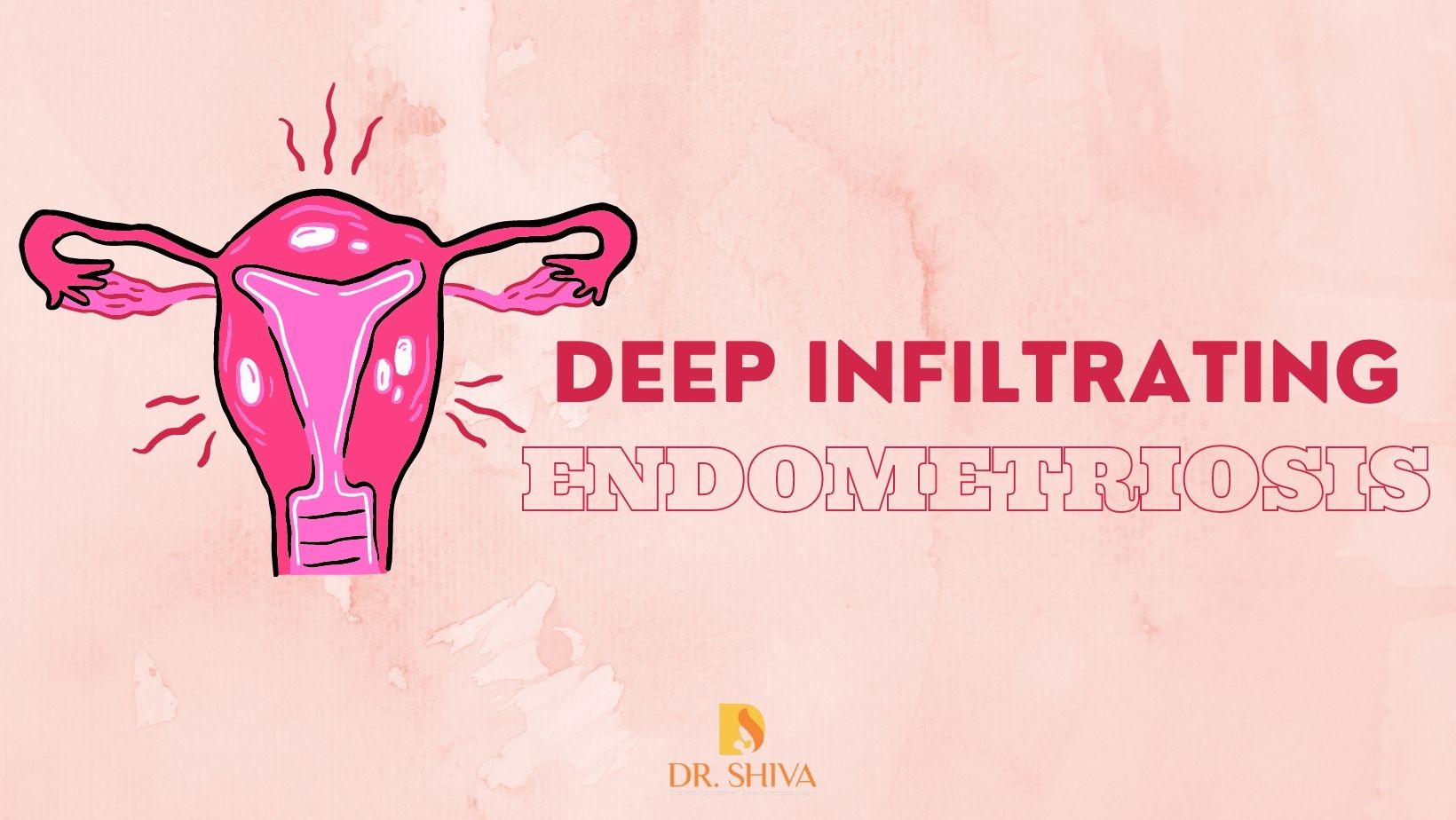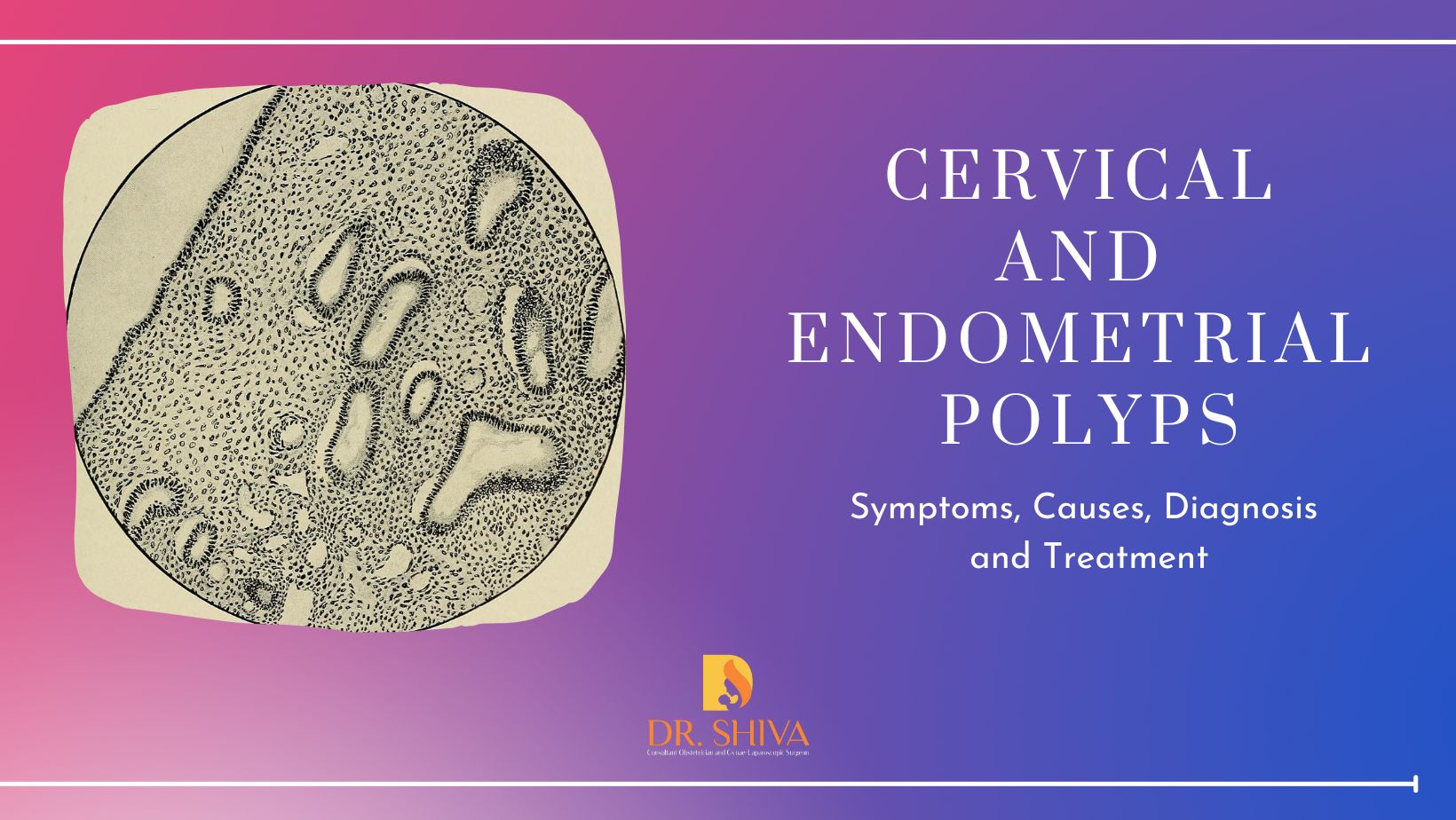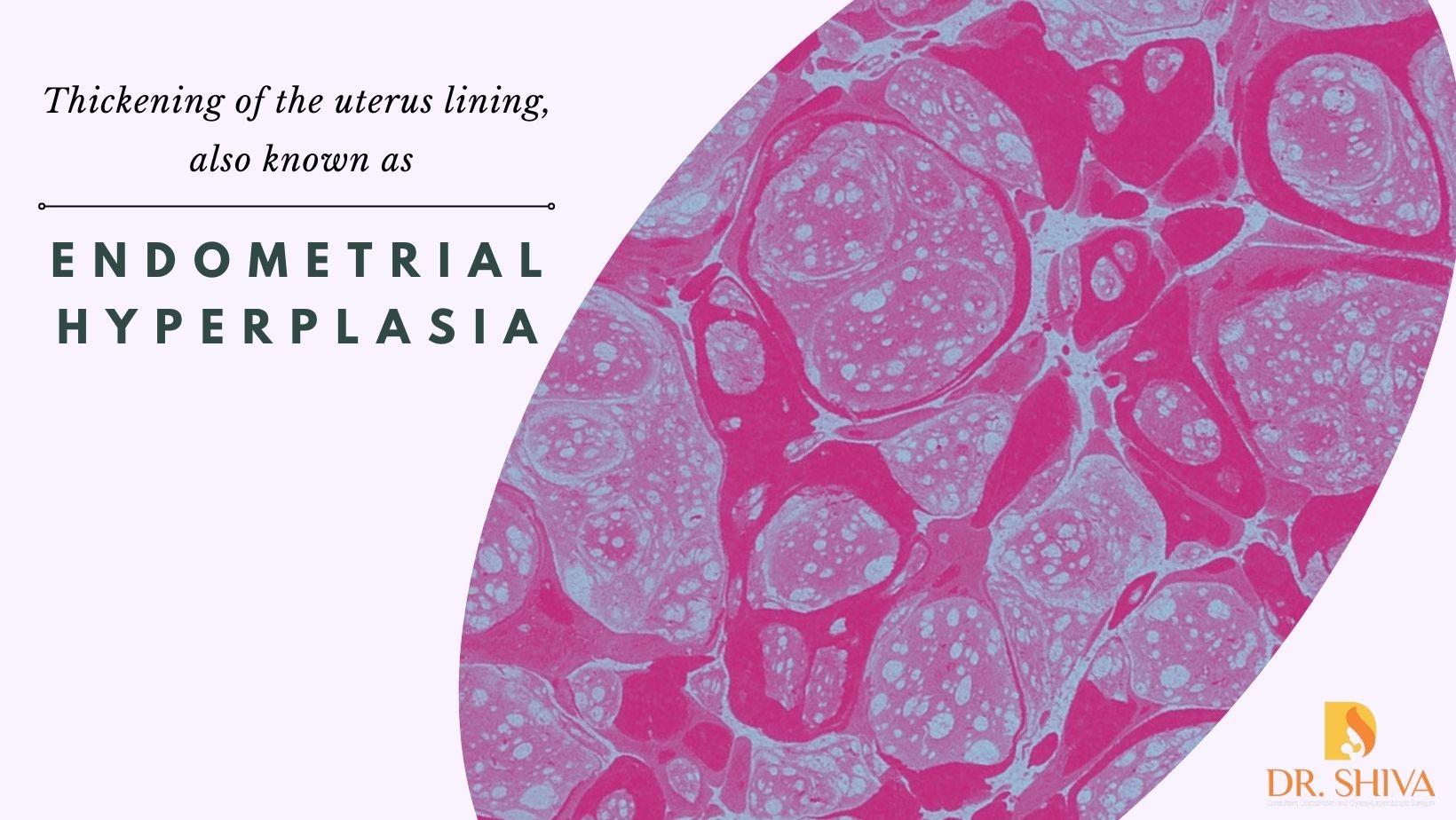
When the endometriosis tissue growing outside the uterus spreads deep inside the tissue of organs close to or inside the pelvic cavity, including the bowel, urinary bladder, intestine, vagina, etc it is called DIE – Deep infiltrating endometriosis. It penetrates more than 5mm into the peritoneal tissues. DIE is rare and usually found only in 1% of women with endometriosis, but the issue is that it may not always respond positively to treatment.
The clumps of scar tissue formed as a healing process after bleeding due to inflammation of endometriosis tissue is called adhesions. These adhesions may bind the organs together.
In this manner, DIE invasion can cause a frozen pelvis, where endometriosis that has progressed deep between organs, locks them together and prevents or restricts their movement. This can cause extreme pain, especially during ovulation, intercourse, and menstrual period.
Symptoms of Deep infiltrating endometriosis
The presence or absence of these symptoms does not indicate the severity of the situation as women with mild symptoms can have a severe form of endometriosis and vice versa too. DIE usually affects areas rich in nerve endings which can cause irritation and pain. The symptoms also vary based on where it has been affected.
-Symptoms of endometriosis in the reproductive tract include pain with mensuration or Dysmenorrhea, pain during intercourse or dyspareunia, and infertility.
-Symptoms for endometriosis in the urinary tract – When the ureter below the pelvic area is affected, it is known as Urinary Tract endometriosis. Some of the symptoms include increased urine frequency, urgency to pass urine, pelvic or lower back pain, burning sensation when passing urine, and presence of blood in the urine. In some cases, the symptoms will not be there, but the ureter will become closed causing a loss of function of the kidney.
-Symptoms for endometriosis in the bowel – Endometriosis in the bowel can cause fusion of the rectum and vagina. This can cause severe pain during intercourse or bowel movements. Abdominal pain, bloating, constipation, diarrhoea, and blood in stool are a few other symptoms. Some do not have any symptoms at all.
Diagnosis for DIE
The doctor will utilize a combination of techniques including pelvic exams, ultrasound scans, MRI scans, laparoscopy, or biopsies to locate and assess the severity of the issue. These diagnostic tools play a crucial role in identifying and understanding the extent of the condition.
Management of Deep infiltrating endometriosis
The treatment approach for deep infiltrating endometriosis (DIE) depends on the issue to be solved or cured, such as pain relief, reduction of endometriosis tissue growth, fertility enhancement, or prevention of recurrence. Hormone treatment may be prescribed to limit estrogen production, which promotes the growth of endometriosis tissue. Surgical interventions, such as removing endometrial tissues, may also be considered. But complete management using medicines or hormone tablets is not possible in most cases.
Laparoscopy to remove the lesions and scar tissue is a common procedure. But it also depends on the magnitude of how much endometriosis has spread.
In severe cases, an incision will be necessary. As the surgery can be complicated it is necessary to have a highly specialized surgeon perform the procedure. This is because an incomplete resection will result in the patient coming again for another surgery. The surgery will provide relief for a few years but there are chances the disease may recur. Treatment via surgical methods also depends on the location of endometrial tissue that needs to be removed.
Urinary tract endometriosis treatment
The affected part of the ureter needs to be removed and the rest is sewn back. In some cases, the scar tissue only can be removed.
In rare cases when endometriosis has affected a large section of the ureter cutting and re-joining the ureter will not work. Instead, the urinary bladder will have to be moved closer to the ureter and the ureter is inserted into the bladder. During the procedure, a urinary stent will be placed along the length of the ureter from the kidney to the bladder. This stent will be carrying the urine until the ureter heals. The stent will be removed after 6 weeks using a cystoscope.
In cases where endometriosis affects the urinary bladder, the surgical procedure involves the removal of the affected area and suturing the remaining portions together. During the healing process, a catheter will be used for one week.
Bowel Endometriosis Treatment
If the endometriosis has affected the bowel, depending upon the depth and the size of the nodule of endometriosis, we have to do a shaving of the rectal wall, a discoid excision, or a complete resection of the bowel with an end-to-end anastomosis. There is no need for a colostomy. We will involve the colorectal surgeon; it will be multidisciplinary care.
In cases where the symptoms are not present, and infertility is not an issue the doctors may wait to see what needs to be done.
Dr. Shiva Harikrishnan is one of the best endometriosis specialists in Dubai. She is ranked second in the world and the world’s first female surgeon to have been accredited as a Master Surgeon in Multidisciplinary Endometriosis Care – MSMEC, accredited by the Surgical Review Corporation(SRC), USA. Also accredited as Surgeon of Excellence in Endometriosis Care at Medcare Women & Children Hospital. Watch the video here.
Here is a testimonial by a patient who was suffering from Deep Infiltrating Endometriosis for 15-20 yeasrs and was successfully diagnosed and treated by Dr.Shiva Harikrishnan.
For more details kindly contact us. You may mail to drshivahk@gmail.com or call/Whatsapp +971557506174.



Recent Comments